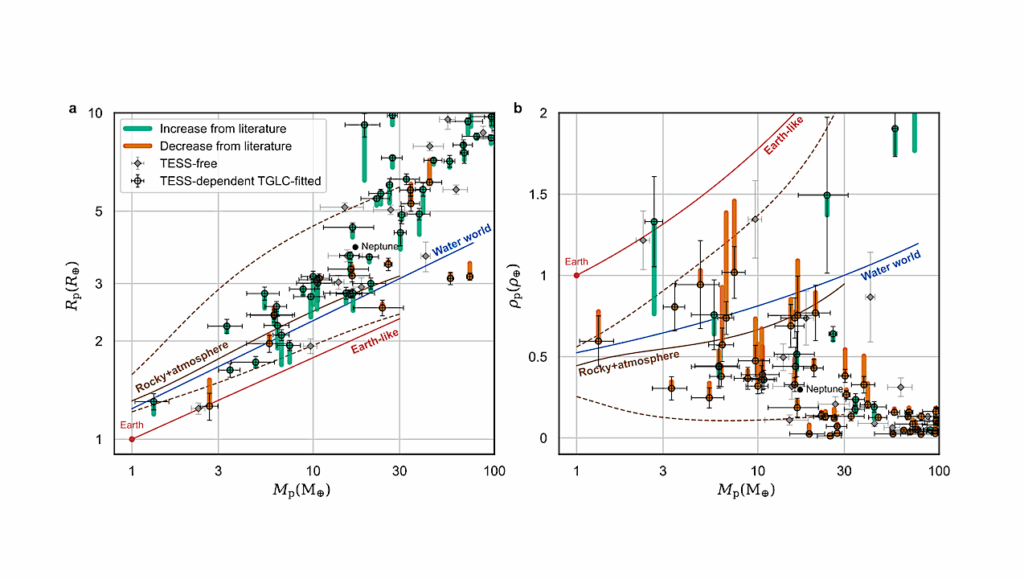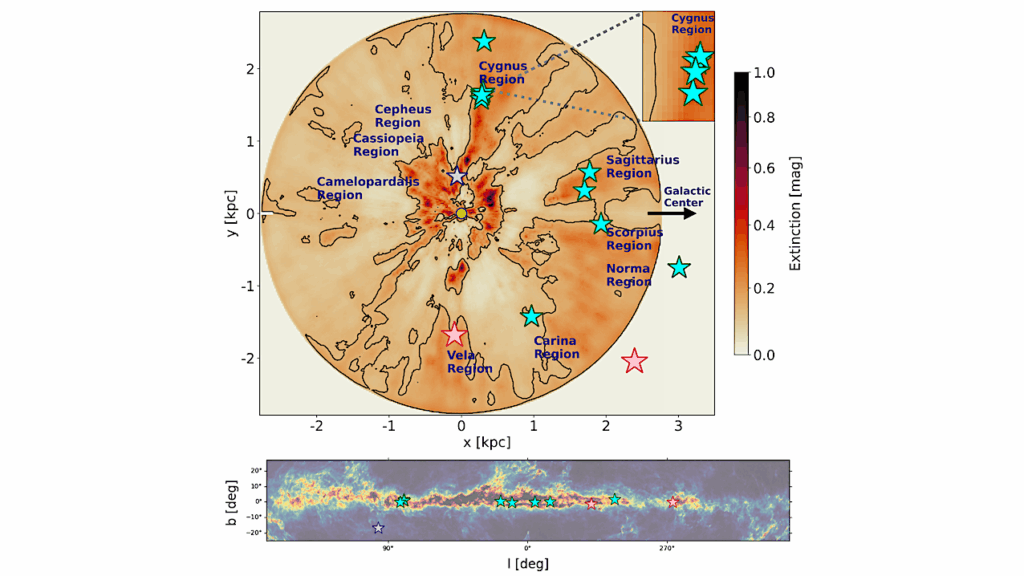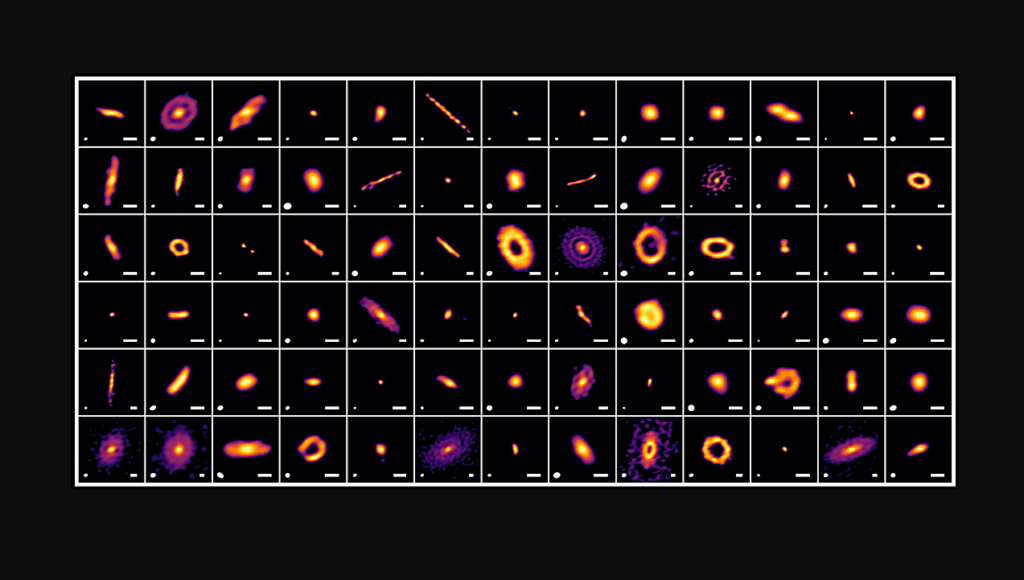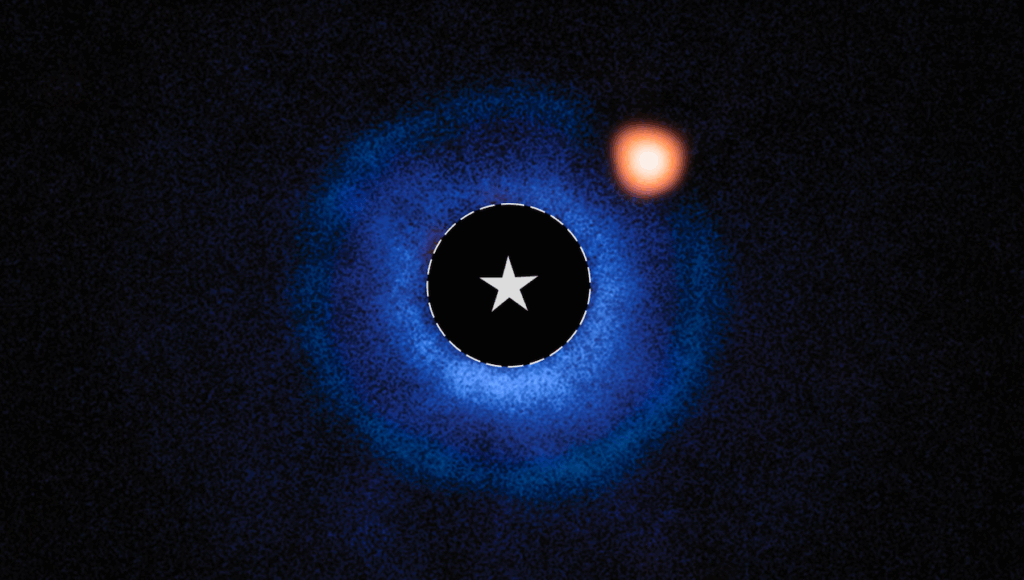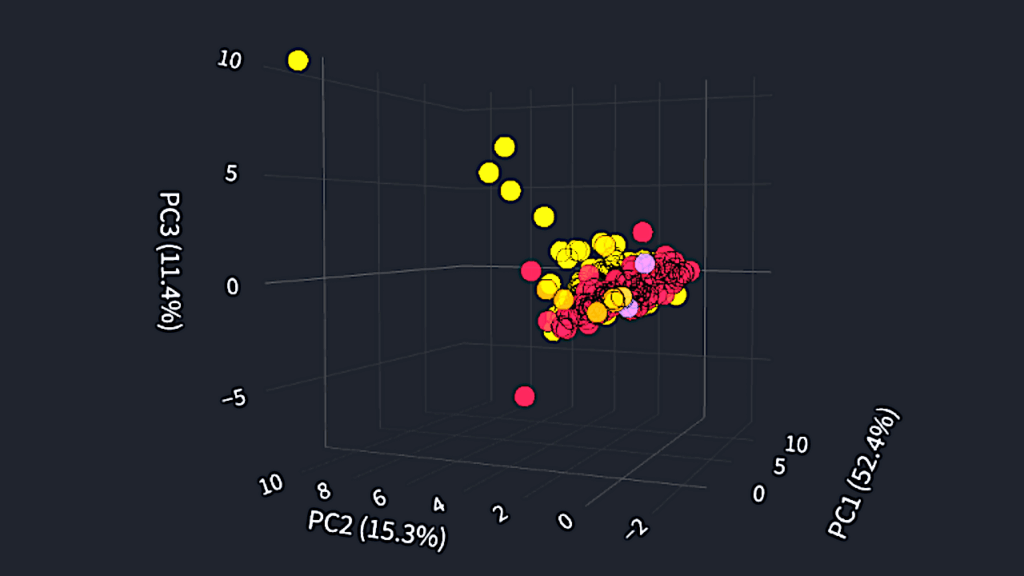Transiting Exoplanets With The Mid-InfraRed JWST Instrument: From Simulations To Observations
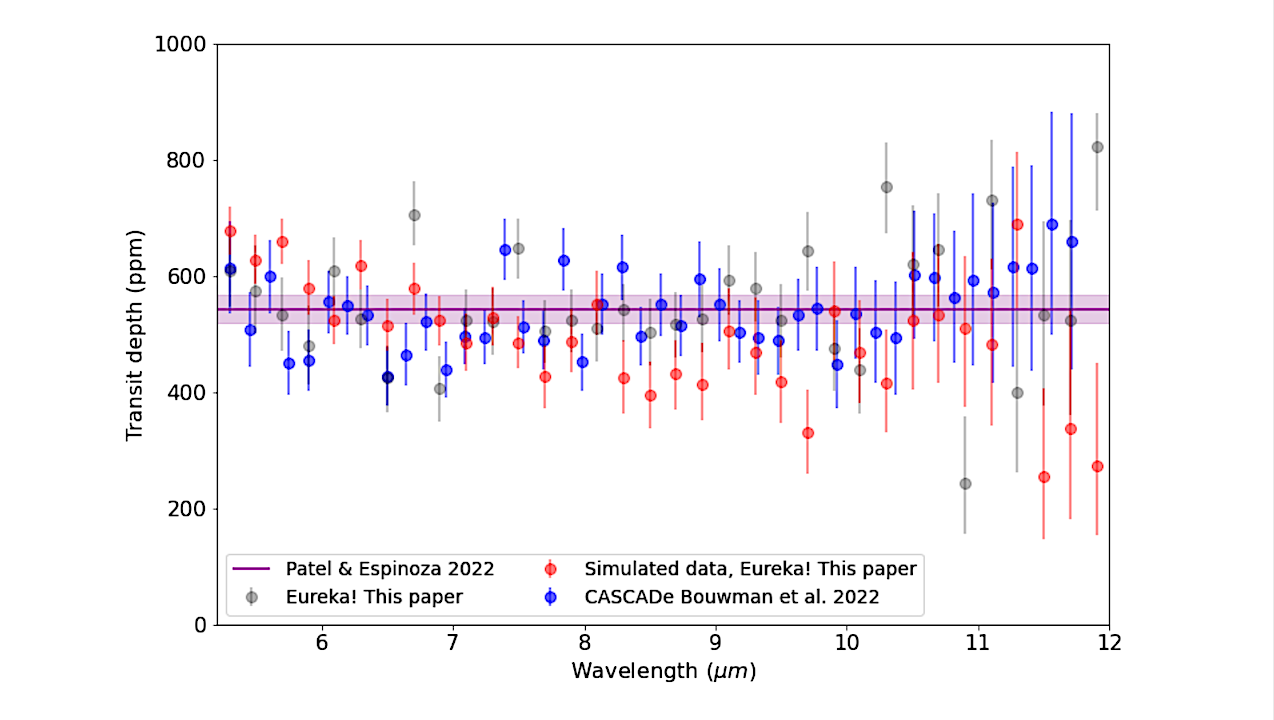
The James Webb Space Telescope (JWST) has now started its exploration of exoplanetary worlds. In particular, the Mid-InfraRed Instrument (MIRI) with its Low-Resolution Spectrometer (LRS) carries out transit, eclipse, and phase-curve spectroscopy of exoplanetary atmospheres with unprecedented precision in a so far almost uncharted wavelength range.
The precision and significance in the detection of molecules in exoplanetary atmospheres rely on a thorough understanding of the instrument itself and accurate data reduction methods. This paper aims to provide a clear description of the instrumental systematics that affect observations of transiting exoplanets through the use of simulations.
We carried out realistic simulations of transiting-exoplanet observations with the MIRI LRS instrument that included the model of the exoplanet system, the optical path of the telescope, the MIRI detector performances, and instrumental systematics and drifts that could alter the atmospheric features we are meant to detect in the data. After introducing our pipeline, we show its performance on the transit of L168-9b, a super-Earth-sized exoplanet observed during the commissioning of the MIRI instrument.
This paper provides a better understanding of the data themselves and of the best practices in terms of reduction and analysis through comparisons between simulations and real data. We show that simulations validate the current data-analysis methods. Simulations also highlight instrumental effects that impact the accuracy of our current spectral extraction techniques. These simulations are proven to be essential in the preparation of JWST observation programs and help us assess the detectability of various atmospheric and surface scenarios.
Achrène Dyrek, Elsa Ducrot, Pierre-Olivier Lagage, Pascal Tremblin, Sarah Kendrew, Jeroen Bouwman, Rémi Bouffet
Subjects: Earth and Planetary Astrophysics (astro-ph.EP); Instrumentation and Methods for Astrophysics (astro-ph.IM)
Cite as: arXiv:2403.00676 [astro-ph.EP] (or arXiv:2403.00676v1 [astro-ph.EP] for this version)
Related DOI:
https://doi.org/10.1051/0004-6361/202347127
Focus to learn more
Submission history
From: Achrène Dyrek
[v1] Fri, 1 Mar 2024 17:09:23 UTC (7,743 KB)
https://arxiv.org/abs/2403.00676
astrobiology


